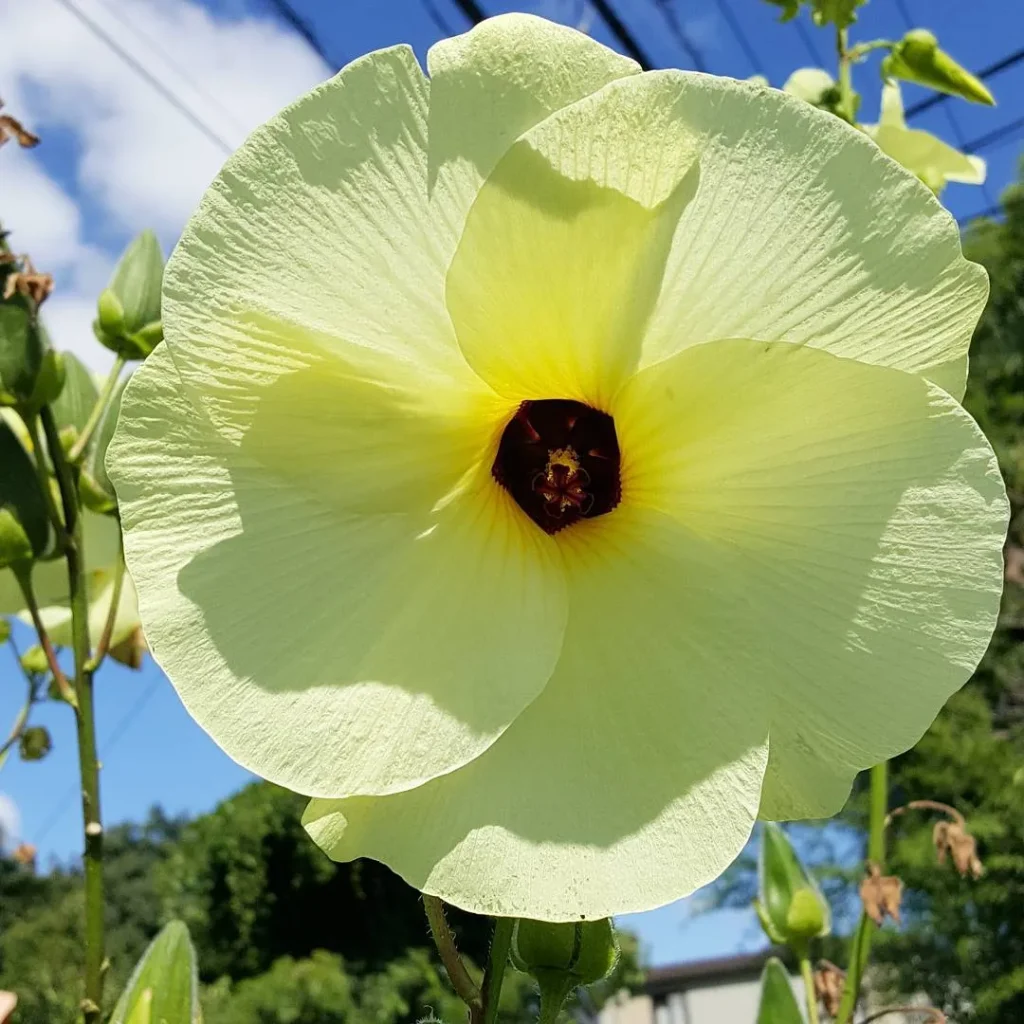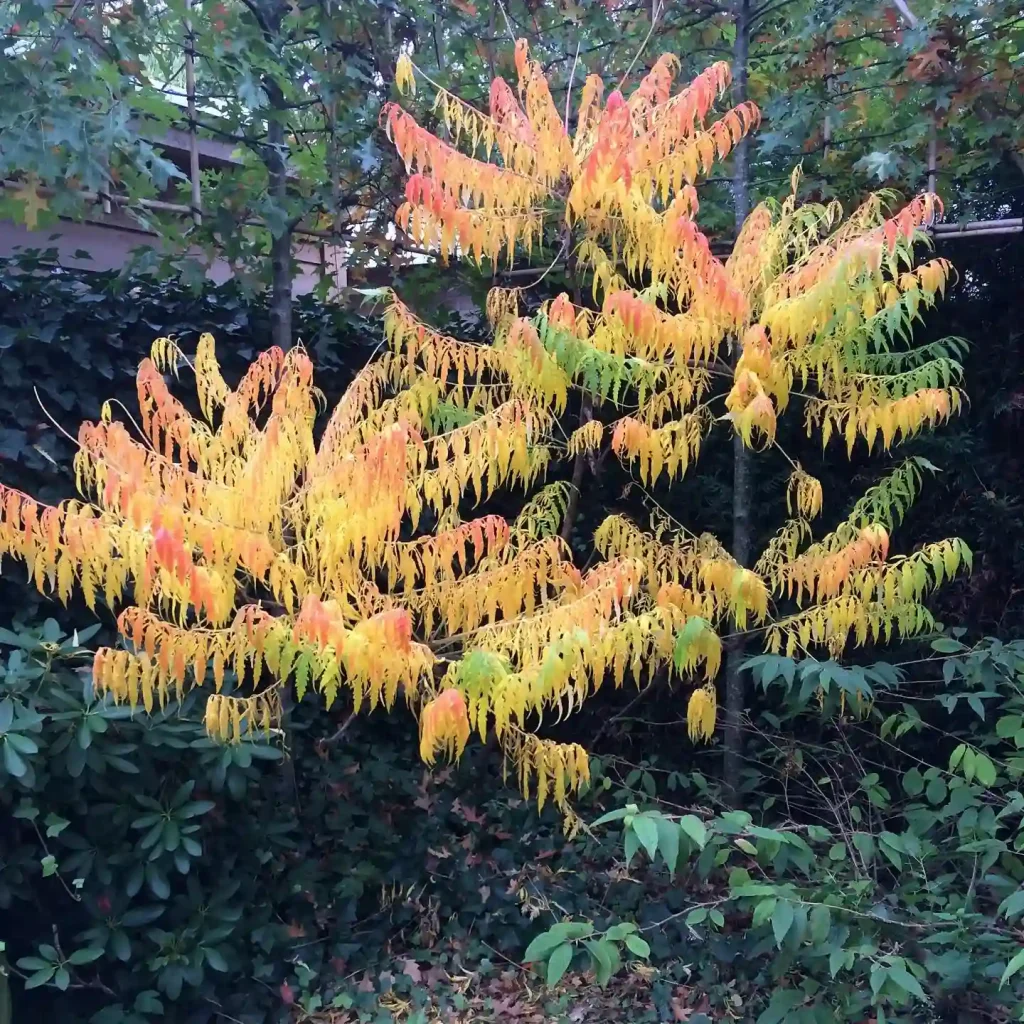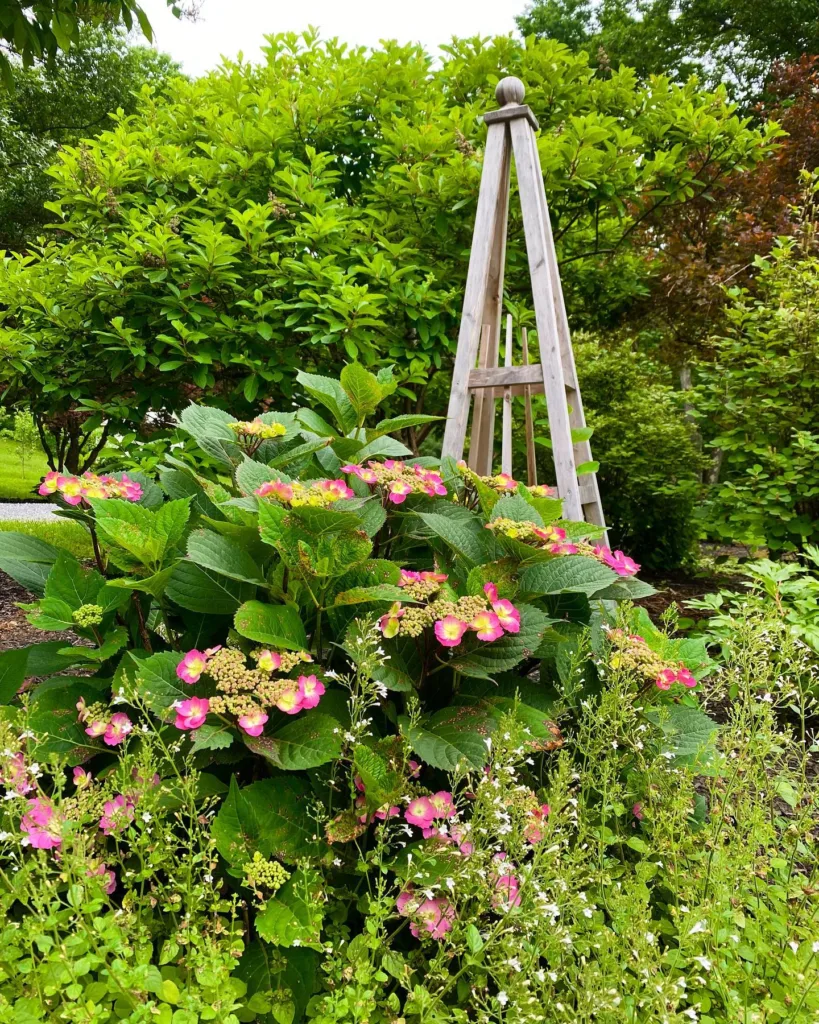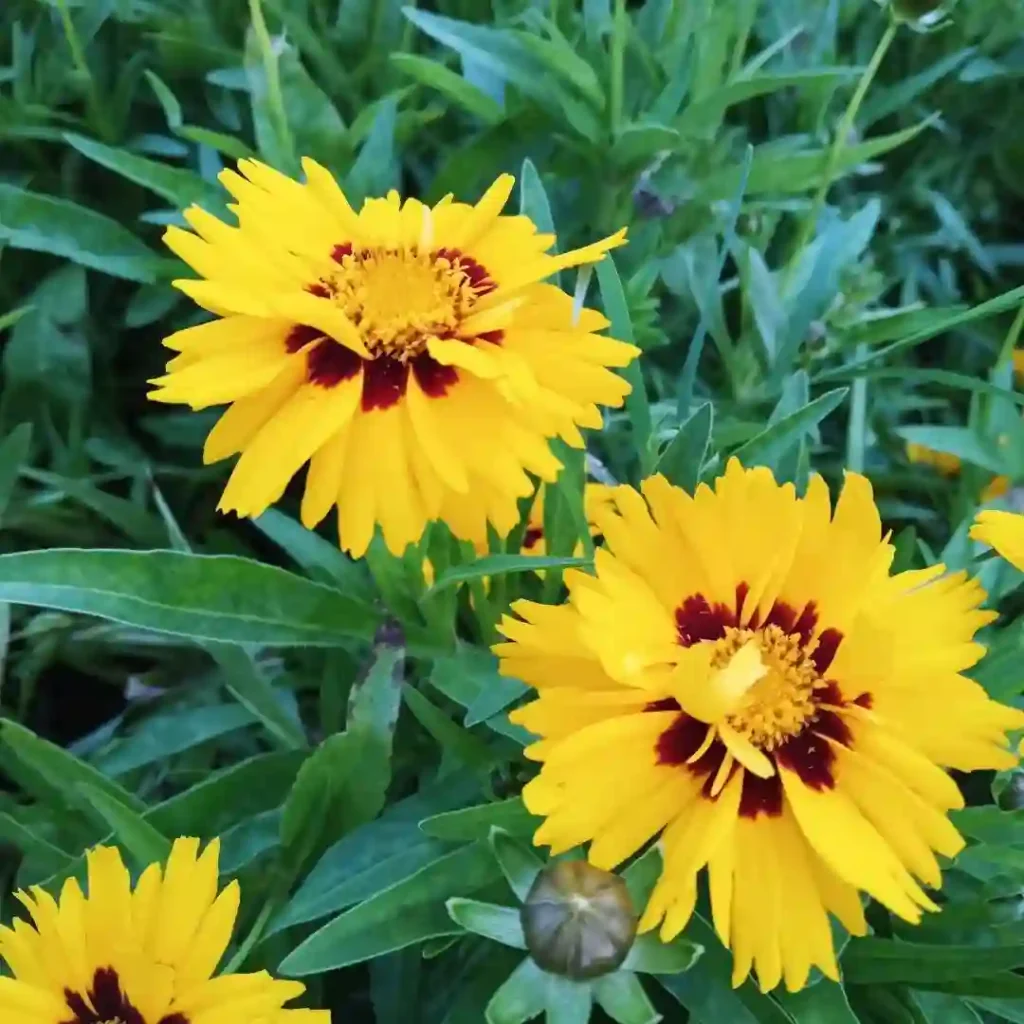
The Enduring Appeal of the Cardboard Palm: My Journey with Zamia Furfuracea
Few houseplants manage to be both visually striking and stubbornly resilient, but the Zamia furfuracea, also known as the Cardboard Palm, achieves this feat with effortless grace. My own journey with this ancient plant began a few years ago, and it’s become a cherished companion in my urban jungle.
86 Species in Genus Zamia
A Living Fossil with Modern Flair
The Zamia furfuracea isn’t your typical palm. While it boasts a beautiful rosette of arching, glossy leaves that resemble a palm tree, it’s actually a cycad, a lineage of plants that predates dinosaurs. This prehistoric pedigree translates into a slow-growing but incredibly tough plant. Mine has tolerated neglectful watering schedules and bouts of low light with surprising stoicism. The leaves, true to the plant’s namesake, have a surprisingly cardboard-like texture, adding a unique element to any indoor space.
Have one to sell?
Sell now! Given its slow growth and increasing popularity, the Zamia furfuracea can be a valuable addition to a plant collector’s inventory. If you have a mature specimen you’re looking to part with, don’t hesitate to list it for sale. Plant enthusiasts are always on the lookout for established Zamia furfuracea, and you can expect a premium price for a healthy plant.
How to care for Zamia Furfuracea?
Despite its easygoing nature, there are a few key things to remember when caring for your Zamia furfuracea. Here are some pointers to keep your prehistoric friend thriving:
- Light: These plants prefer bright, indirect sunlight. Avoid harsh afternoon sun, which can scorch the leaves. They can tolerate lower light conditions but may grow slower.
- Water: Water deeply when the top inch of soil dries out. Overwatering is a surefire way to kill your Zamia furfuracea, so err on the side of underwatering.
- Soil: Use a well-draining potting mix. A cactus or palm mix is a good option.
- Fertilizer: A light feeding of a balanced fertilizer once a month during the growing season (spring and summer) is sufficient.
How to propagate Zamia Furfuracea?
The slow growth of the Zamia furfuracea can be a virtue if you prefer low-maintenance plants. However, if you’d like to propagate your plant and share the joy with others, there are two main methods:
- Division: Mature Zamia furfuracea can develop offsets, or pups, at the base. These pups can be carefully separated from the mother plant when they reach a manageable size.
- Seeds: This method takes considerably longer, but it’s a rewarding way to witness the entire life cycle of the plant. Seeds can take several months to germinate, and seedlings will grow very slowly.
More Than Just a Plant: A Conversation Starter
The unique appearance of the Zamia furfuracea is guaranteed to spark conversation. Guests are invariably drawn to its prehistoric charm, and it’s a great opportunity to introduce them to the fascinating world of cycads.
Beyond the Cardboard Palm: Pairing Possibilities
While the Zamia furfuracea holds its own as a statement piece, it can also be effectively incorporated into larger plant groupings. Consider pairing it with other low-maintenance plants with contrasting textures, such as Snake Plants (Sansevieria trifasciata) or Bromeliads. Air plants (Tillandsia spp.) can also add a touch of whimsy when nestled amongst the fronds of the Zamia furfuracea.
The Zamia furfuracea may not be a flowering showstopper, but its enduring presence and prehistoric pedigree make it a truly special addition to any indoor space. With a little TLC, this ancient plant will continue to grace your home for years to come.
If i die, water my plants!



